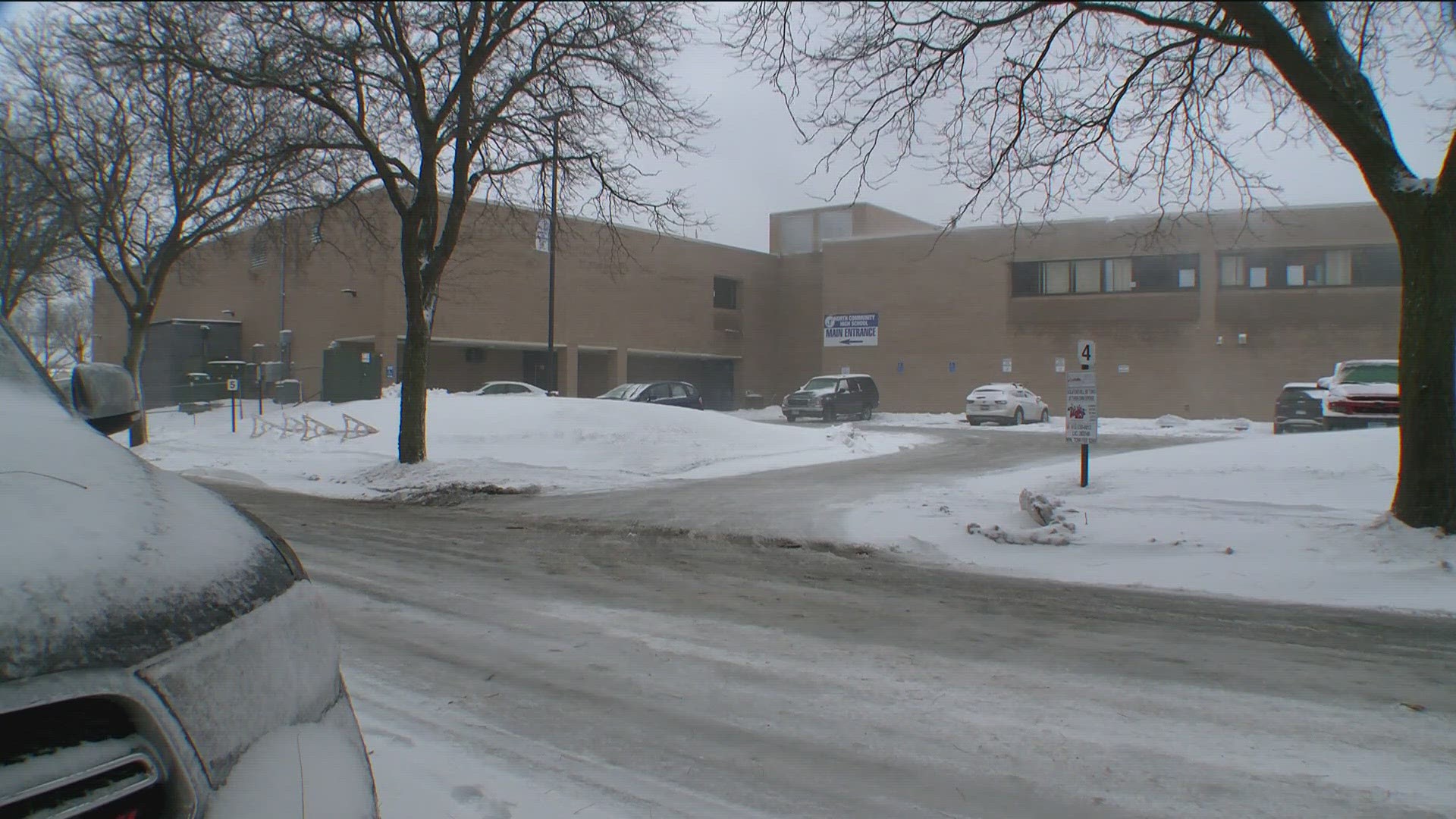MINNEAPOLIS — District administrators in the Minneapolis Public Schools laid out their 2024-25 budget proposal for the full school board on Tuesday night, which will serve as a starting point for negotiations over the next few months about how to close a historic budget gap.
The district projects a roughly $110 million gap, driven largely by the expiration of federal COVID funding, inflation and declining enrollment.
"This budget is unlike many others in recent memory," said MPS Superintendent Dr. Lisa Sayles-Adams, who started the job last month. "Even through difficult and what often feels like impossible choices, I know this focus on our students will ensure that the final budget will be the best one possible given our available resources."
To solve the $110 million budget gap, district leaders acknowledge they need to make cuts, in addition to using one-time fund balance money for the upcoming year. The proposed cuts include staff reductions, such as some elementary school assistant principals in smaller buildings, along with some world language teachers. The cuts also include some programming reductions, like the elimination of districtwide fifth-grade instrumental music — which has led to parent outcry and a Change.org petition.
The school board won't vote on the budget until June, and the final dollar amounts and discussions may depend on the ongoing contract negotiations with the teacher's federation.
However, the initial conversations on the 2024-25 budget are putting a spotlight on the enrollment problems within the Minneapolis Public Schools. The district has lost nearly 20,000 students since the late 1990s, and those trends have only accelerated lately with a 17% enrollment drop over the past five years. According to a report published by the Office of the City Auditor in Minneapolis, the district has the infrastructure for 40,000 students but only has about 29,000 currently enrolled.
Since enrollment is directly tied to per-pupil state education funding, the district loses money for every student that leaves, whether that's for an alternative type of schooling or via open enrollment to another public district. The auditor's report indicates that "charter schools, private schools and homeschooling have all increased. When each student means about $10,000 for a school, losing even a handful of families can be costly."
Deb Henton, the executive director of the Minnesota Association of School Administrators, said it's not just Minneapolis experiencing enrollment problems.
She estimated that roughly 200 districts across the state have experienced a decline in enrollment over the past five years, partially because of those factors like charter schools and open enrollment, but also because of declining birth rates.
"When you lose students, it's very difficult to assess where you should make budget reductions," Henton said. "You try to spread those cuts out as evenly as you can, but it's certainly a very concerning situation that many of our districts are facing with budget reductions and declining enrollment."
Although the Minnesota state legislature boosted school aid last session, Henton said her group is pushing for a supplemental budget measure this year and will ask for further increases in the next full budget cycle in 2025.
"It's difficult when the funds you receive don't keep up with inflation. So, our school districts have seen increasing fuel prices, increasing wage demands, and it's really just a need for more funding from the state," Henton said. "They all add pressure onto your budget."
Watch more local news:
Watch the latest local news from the Twin Cities and across Minnesota in our YouTube playlist:

